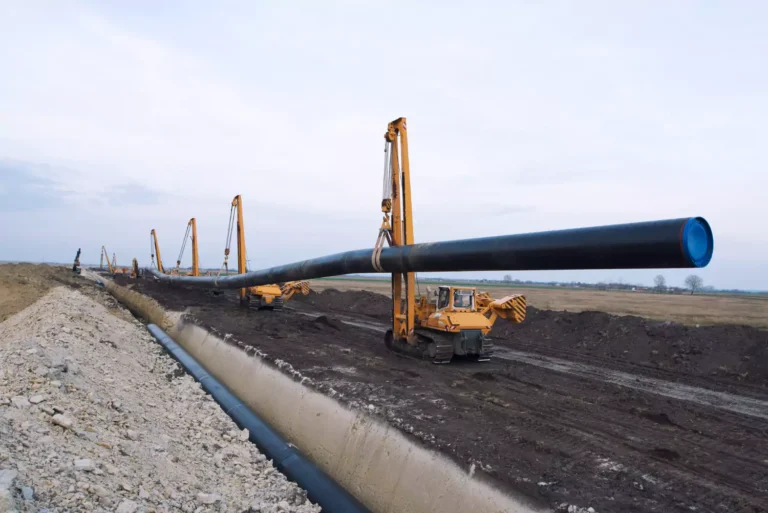The Future of Sustainable Infrastructure in Africa
Africa’s infrastructure gap is massive. The continent needs $130–170 billion a year to meet demand but invests only half that. The good news? This shortfall creates an opportunity to build smarter—not just more. Sustainable infrastructure isn’t a luxury here; it’s the only realistic path forward.
The Problem: Speed vs. Sustainability
Most African governments prioritize rapid expansion over long-term resilience. Roads get built, but they crumble in five years. Grids expand, but they can’t handle demand. The cost of poor planning is high—failed projects waste capital and deepen debt.
You can’t fix this with incremental changes. The solution requires systemic shifts in design, financing, and maintenance.
Trends Shaping the Future
- Decentralized Energy
Solar mini-grids now power 25 million Africans. Companies like M-KOPA and Zola Electric prove that off-grid systems work. The key? They’re modular, scalable, and avoid the inefficiencies of centralized grids. - Low-Carbon Materials
Startups like Kenya’s EcoBlocks use recycled plastic and volcanic ash to make construction cheaper and greener. Cement alternatives cut CO₂ emissions by 30%. This isn’t idealism—it’s cost-saving innovation. - Smart Water Systems
Cape Town’s near-collapse in 2018 was a wake-up call. IoT-enabled water meters and desalination plants now prevent waste. Rwanda’s automated irrigation systems boost yields while using 40% less water. - Public-Private Partnerships (PPPs) That Work
Nigeria’s Lagos-Ibadan railway shows how PPPs can succeed. Private operators handle maintenance, ensuring longevity. The model avoids the usual pitfalls of state-run projects.
The Hard Truths
- Funding is fragmented. Donor-driven projects often lack local input and fail post-construction.
- Corruption inflates costs. A 2023 Transparency International report found that bribes add 15–20% to infrastructure budgets.
- Urbanization is outpacing planning. Cities like Kinshasa and Dar es Salaam grow faster than their infrastructure.
What Works
- Adaptive design. Ethiopia’s Grand Renaissance Dam includes modular turbines for phased expansion.
- Local ownership. Rwanda’s Kigali Innovation City trains engineers to maintain projects, reducing reliance on foreign contractors.
- Blended finance. The Africa50 fund mixes public and private capital to de-risk investments.
The Bottom Line
Africa doesn’t need more infrastructure. It needs infrastructure that lasts. The technology exists. The financing models are proven. The missing piece? Political will.
If you’re investing here, focus on solutions that combine scalability with local adaptation. The future isn’t about grand visions—it’s about pragmatic, repeatable systems.


